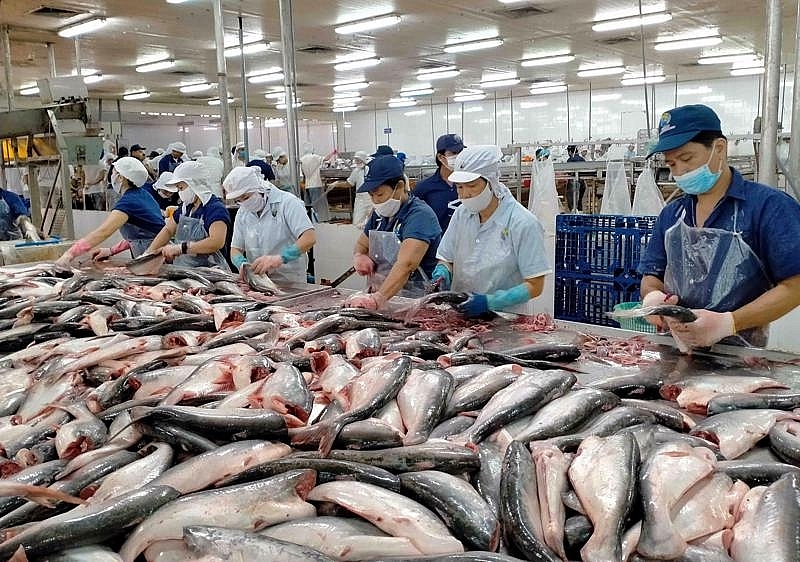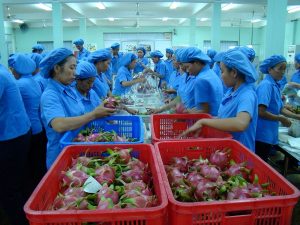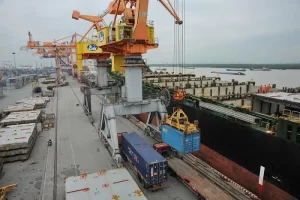With incentives from the Comprehensive and Progressive Agreement for Trans-Pacific Partnership (CPTPP), Vietnam’s exports to Mexico – a new and potential market
In recent years, the trade relationship between Vietnam and Mexico has been growing. Every year, Vietnam’s export turnover to this country has a positive growth and the trade balance is always in favor of Vietnam.
Boosting pangasius exports to Mexico
Statistics from the Ministry of Industry and Trade show that in 2021, Vietnam’s export turnover to Mexico will reach US$4.61 billion, up 46.1% compared to 2020. In the first two months of 2022, Vietnam’s exports to Mexico reached 673.3 million USD, up 18.5% over the same period. Vietnam’s imports from Mexico reached 95.3 million USD, up 14.2%. Vietnam had a trade surplus of nearly 600 million USD to Mexico in the first two months of this year.
Vietnam and Mexico are both members of the CPTPP Agreement , taking advantage of tariff preferences from this agreement is an important lever to promote trade between the two countries. In the CPTPP Agreement, Mexico committed to eliminate 77% of tariff lines from January 14, 2018, equivalent to 36.5% of import turnover from Vietnam and will eliminate tariffs on 98% of tariff lines. in the 10th year from the date of entry into force of the Agreement. Some Vietnamese products that can take advantage of tax incentives in the CPTPP to boost exports to Mexico include pangasius, basa, tuna, rice, and textiles. Each year, Mexico imports about 900,000 tons of rice, $1.8 billion in textiles and $1.1 billion in footwear.
Currently, many Vietnamese businesses are very interested in increasing trade exchanges with the potential Mexican market. This is an easy market with a large population and strong consumption power. On the other hand, Vietnam’s export market share in Mexico has only reached a modest figure of about 1.3%, leaving plenty of room for growth. Notably, in recent years, Mexico is stepping up its strategy of opening up its economy. Along with consolidating trade relations with strategic partners, Mexico strongly promotes the search for new markets such as Latin America and Asia-Pacific to avoid relying too much on traditional partners. .
Notably, to support the open-door policy, over the years, Mexico has made many important adjustments in the Customs Law such as: Simplifying goods clearance procedures, applying electronic windows to automatically Automate many foreign trade procedures. For sanitary and phytosanitary measures, Mexico has built an electronic database so that stakeholders can access sanitary and phytosanitary requirements.
Opportunities and potentials are like that, but in order to make effective use of the CPTPP Agreement, the prerequisite is market access. Need to study the market to assess the demand for their products, determine competitive advantages, grasp the incentives that Vietnamese products enjoy in the export market; study regulations on import of goods, taxes, customs procedures, especially non-tariff regulations such as SPS (animal and plant quarantine) and TBT (technical standards, quality, labeling) … Besides, Vietnamese exporters also need to be more proactive in learning about the CPTPP Agreement, understanding deeply and better about preferential import tax; using e-commerce platforms to exchange, connect and cooperate with Mexican businesses.




